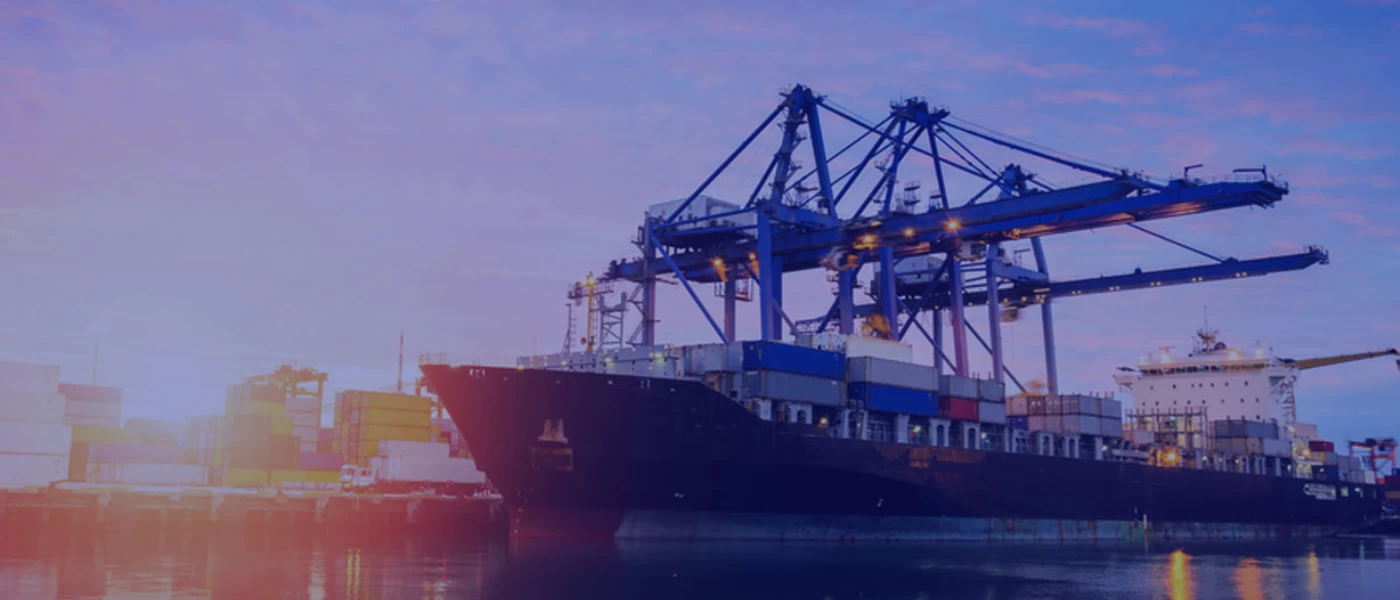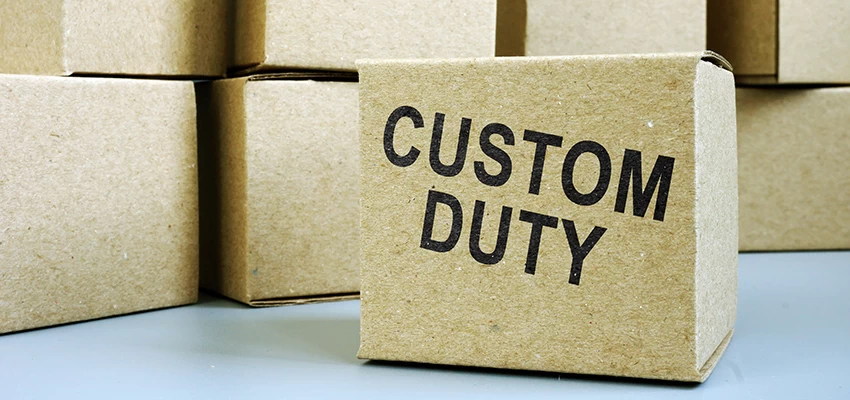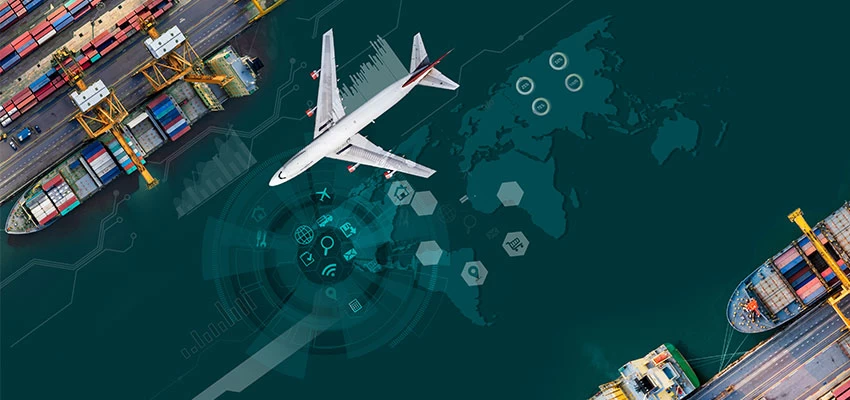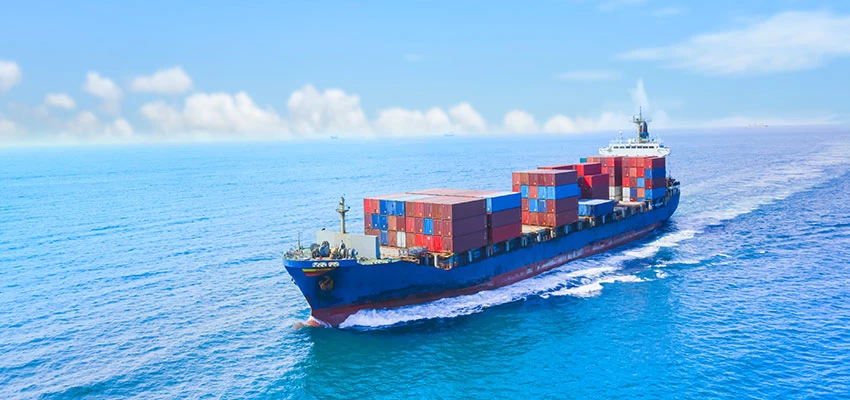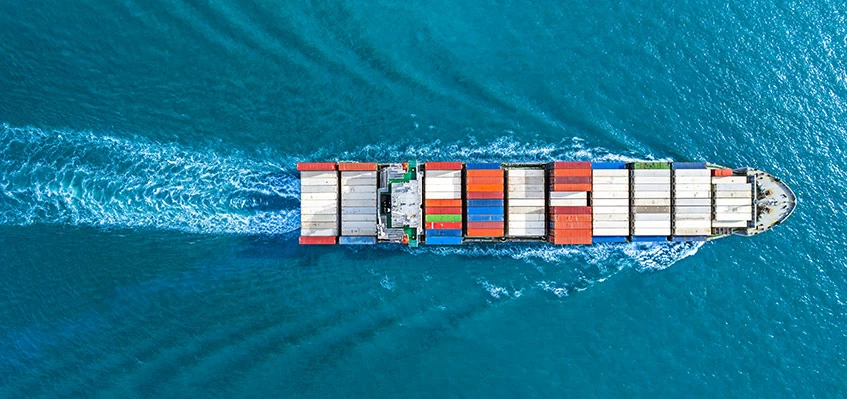Trade Remedy measures act as a shield for the domestic industries of importing countries, since they curb excessive and unfair imports into the country and allow healthy competition to exist. Since anti-dumping and countervailing duties target unfair imports, they are imposed on imports of specific goods ‘originating in or exported from’ specific countries. Circumvention is a mechanism used by companies to ‘avoid’ such duty on goods they seek to export to the countries who have put trade remedy measures in force. Such practices make the imposition of trade remedy measures redundant and allow the influx of unfair imports into the country. The Indian Government has proposed to strengthen these anti-circumvention provisions as part of the Union Budget 2020-21. To facilitate this, Ministry of Finance released an amendment vide Notification 09/2020 Customs (N.T.), dated February 2, 2020 introducing Custom Tariff (Identification, Assessment and Collection of Antidumping Duty on Dumped Articles and for Determination of Injury Amendment) Rules, 2020 (“Anti-dumping Amendment Rules”). The amendment, among other things, substituted Rule 25 of Customs Tariff (Identification, Assessment and Collection of Antidumping Duty on Dumped Articles and for Determination of Injury) Rules, 1995 (“ADD Rules”) governing circumvention provisions in India. It must be noted that the anti-circumvention provisions have also been extended to the anti-subsidy regime.
Rule 25 of the ADD Rules provides for circumvention provisions relating to anti-dumping duties in India. Post-amendment, circumvention is defined as a ‘change in the pattern of trade’ between countries or companies, as result of a ‘practice, process, or work’ for which:
- There is no justification, economic or otherwise, other than imposition of anti-dumping duty, for such changed trade pattern and,
- The remedial effect of the anti-dumping duty has been undermined in terms of price or quantity or both of like products and
- There is evidence of dumping in relation to the normal values previously established for the like product, if necessary with appropriate changes or adjustments.
The introduction of the requirement of ‘evidence of dumping in relation to the normal values previously established for the like product’ is an important addition to the anti-circumvention laws. It may seem that a change in trade pattern would not necessarily pose a threat to the domestic industry of the country, if it does not result in dumping, however, that may not always be the case. Dumping occurs when the goods are exported at a price lower than the normal value. It must be noted that as per Section 9A of the Customs
Tariff Act 1975 (“Customs Tariff Act”) normal value in relation to an article is calculated on the basis of:
- Domestic prices of the exporting country in the ordinary course of trade;
- Representative prices of the article exported from the exporting country to appropriate third countries in the ordinary course of trade; or
- The cost of production in the country of origin with appropriate adjustments.
Therefore, in case of third-country circumvention, various exporters often select a third country with a lower ‘normal value’, i.e. lower domestic prices etc., to decrease the quantum of dumping margin as much as possible. However, this provision eliminates such a possibility by ensuring that the normal value of the original investigation is considered to establish dumping, and not of the third country. To illustrate, anti-dumping duties has been imposed on a said product from Country X, with a normal value of USD 100/MT. Country X was exporting the said product into India at USD 90/MT and was therefore dumping and injuring the domestic industry. Exporters from Country X re-route the exports of the said product via Country Y, which has a normal value of USD 90/MT. In this situation, such re-routing would appear to be inconsequential since the dumping reduces to de-minimis or NIL. However, the products are still being dumped by USD 10/MT and are causing subsequent injury to the domestic industry.
Therefore, as per this new amendment, when there is an anti-circumvention investigation, the export price would be compared with the previously established normal value in an earlier investigation. However, it must be noted that the investigation time for anti-circumvention proceedings is 12–18 months. Therefore, there may exist possibility that the earlier normal value becomes redundant for the purposes of determining the dumping margin.
Further, ‘practice, process, or work’, was originally limited to three circumvention activities, i.e.:
- Importation of subject goods in unassembled, unfinished or incomplete form which are assembled, finished or completed in India or any other country;
- Product under Investigation (“PUI”) is imported after minor alteration; and
- PUI is exported to India by exporter or producer subject to anti-dumping duties through other producer or exporter or country not subject to anti-dumping duty.
A residual clause has been added to this definition to include “any other manner whereby the anti-dumping duty so imposed is rendered ineffective.” It appears that the Authority has now been given ample discretion by the Anti-Dumping Amendment Rules to determine circumvention and take appropriate action against the same when it appears that effect of anti-dumping duty has been undermined by change in trade practice. However, it is relevant to note that Section 9A(1A) of the Customs Tariff Act, which provides for extension of anti-dumping duty (on article or country) due to circumvention, already provides for possibility of determination of circumvention when by ‘any other manner’, the anti-dumping duty imposed is rendered ineffective. The amendment has effectively aligned provision of circumvention in the Customs Tariff Act with the ADD Rules governing circumvention.
Another amendment which has been introduced is the new proviso under substituted Rule 25(2)(a)(ii) which lays out the calculation of value addition. The provision reads as under:
- “the value added to the inputs brought in, during the assembly or completion operation, is less than 35% of the manufacturing cost:
- Provided that for calculation of value addition, expenses on account of procurement of technology, such as patents, copyright, trademark, royalty, technical know-how, consultancy charges, etc., shall not be included in the value of the parts brought in.
- Explanation I. – ‘Value’ means the cost of assembled, complete or finished article less value of imported parts or components.
- Explanation II. - For the purposes of calculating the ‘value’, expenses on account of payments relating to intellectual property rights, royalty, technical know- how fees and consultancy charges, shall not be taken into account.”
Conclusion
To sum up, the amendment has broadened the scope of pattern of trade or circumvention analysis. The inclusion of “any other manner” and its analysis thereof, might further increase administrative costs for the Authority which is already saddled with the task of differentiating between genuine “economic justification” and circumventing practice.
It must further be noted that WTO Agreements are silent on the issue of anti-circumvention despite lengthy discussion concerning the same during the Uruguay Round. Given the complexity of the issue, the Ministerial decision adopted in Marrakesh recognized the importance of uniform rules on the matter and agreed to refer the matter to the GATT Committee on Anti-Dumping for discussion. However, WTO members have not reached a unanimous decision in regard to circumvention till today. While the anti-circumvention laws introduced by India are similar to the ones across the globe, it is to be seen whether the introduction of an anti-circumvention regime by the WTO would have any impact on India’s laws.
[The author is an Associate in International Trade Practice, Lakshmikumaran& Sridharan, New Delhi]







